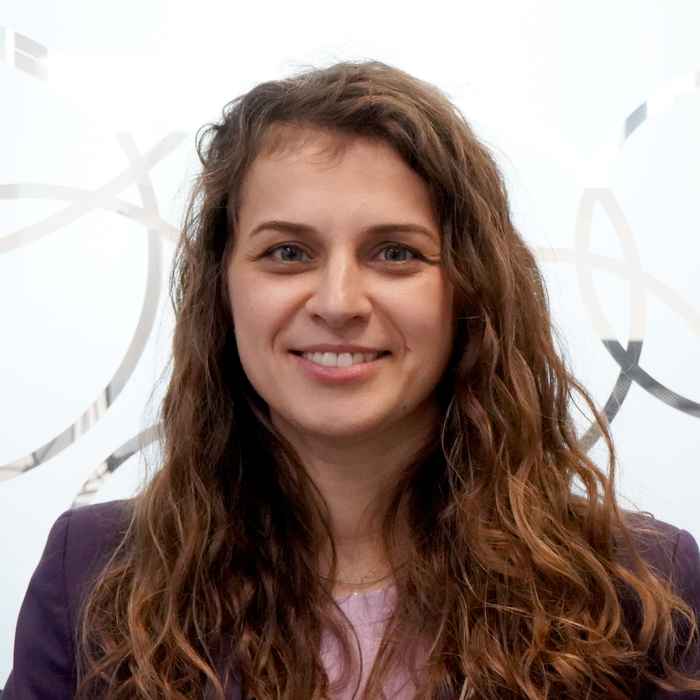One new fellowship was awarded in the 22nd call in October 2025.
The Board and Research Committee have awarded one new HRSMC Fellowship as a result of the 2025-2 call.

Mechanistic Investigation of CO2 photoreduction by Ti-porphyrin MOFs
Guest: Dr. Anna Sinelshchikova, BCMaterials, Basque Center for Materials, Applications and Nanostructures, Ikerbasque Basque Foundation for Science, Spain (John van Geuns Fellowship).
Hosted by: Dr. Bettina Baumgartner (UvA)
A visit of 2 month.
During her visit at HIMS, Dr. Anna Sinelshchikova will work with Dr. Bettina Baumgartner’s group to investigate the mechanism of CO2 photoreduction under solar-simulated light in titanium–porphyrin metal-organic frameworks (MOFs). The project aims to determine how the porphyrin metal center, e.g. comparing free-base, Cu-, and Zn-porphyrins, affects CO2 adsorption, formation of intermediates, light harvesting, and charge separation, and to uncover how excited-state dynamics drive energy transfer to catalytic sites.
Dr. Sinelshchikova brings extensive expertise in tetrapyrrole chemistry and MOF synthesis. The MOFs prepared in her group will be studied using advanced in situ and time-resolved spectroscopic techniques available in Dr. Baumgartner’s group at HIMS. By linking structural dynamics and excited-state lifetimes to catalytic efficiency, this collaboration will provide a deeper understanding of the fundamental processes governing CO2 photoreduction in porphyrin-based MOFs.